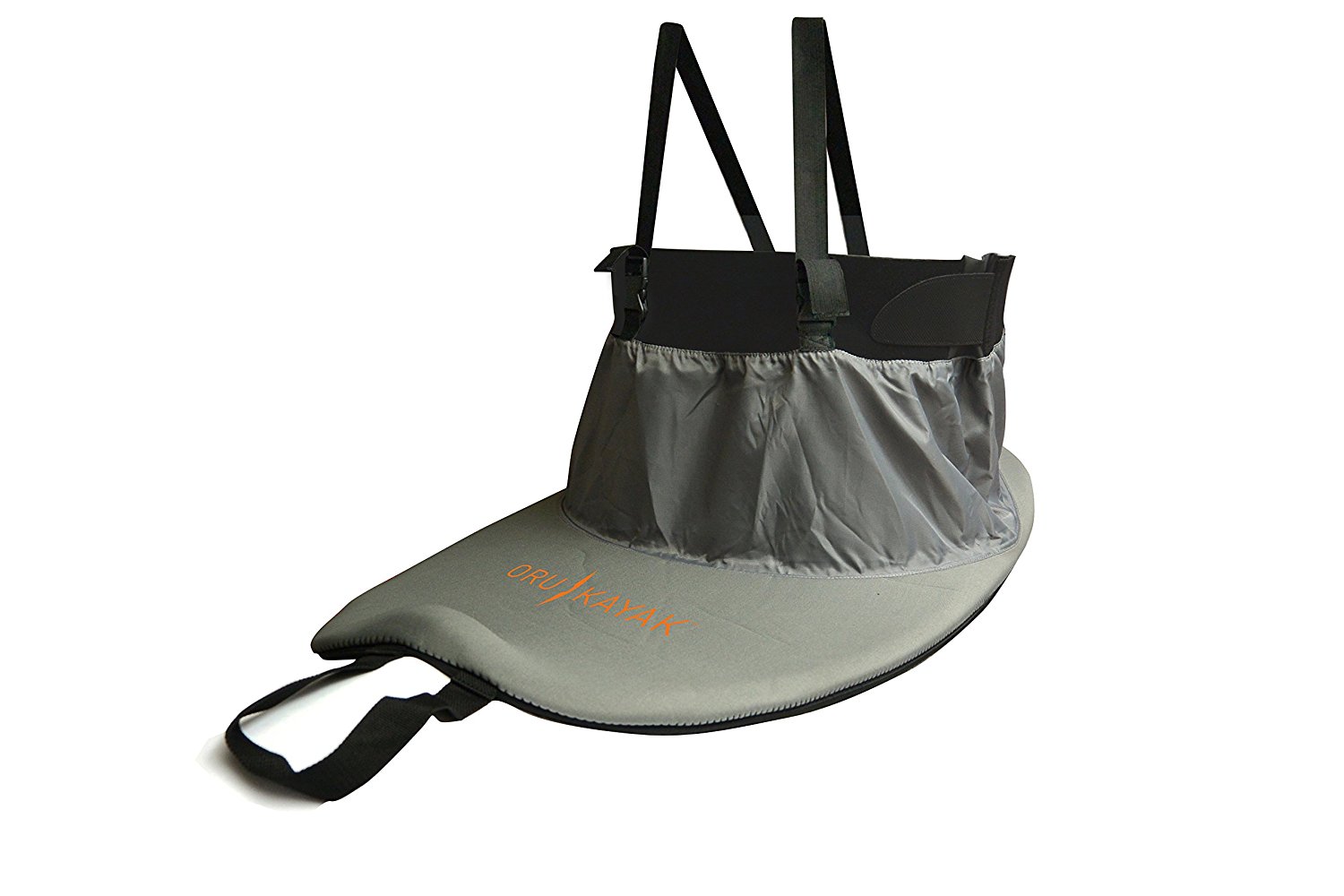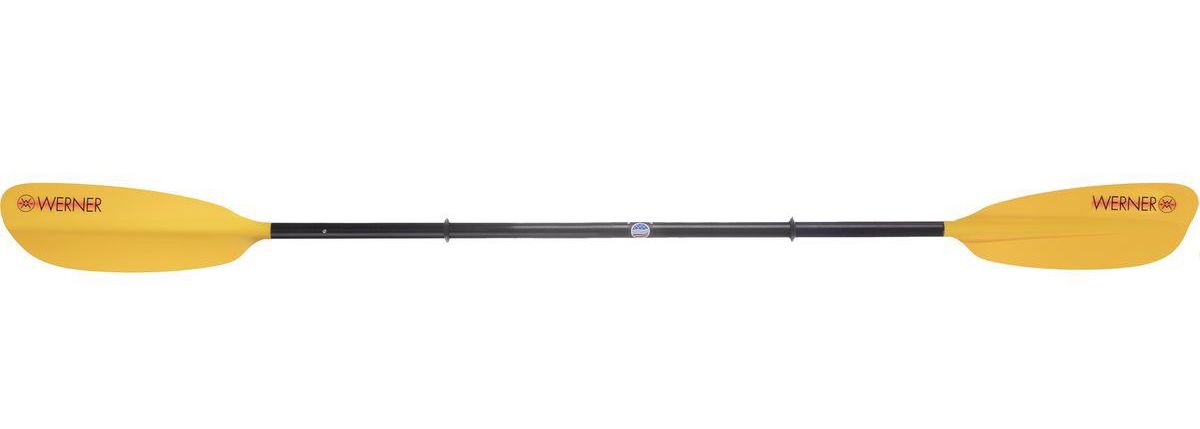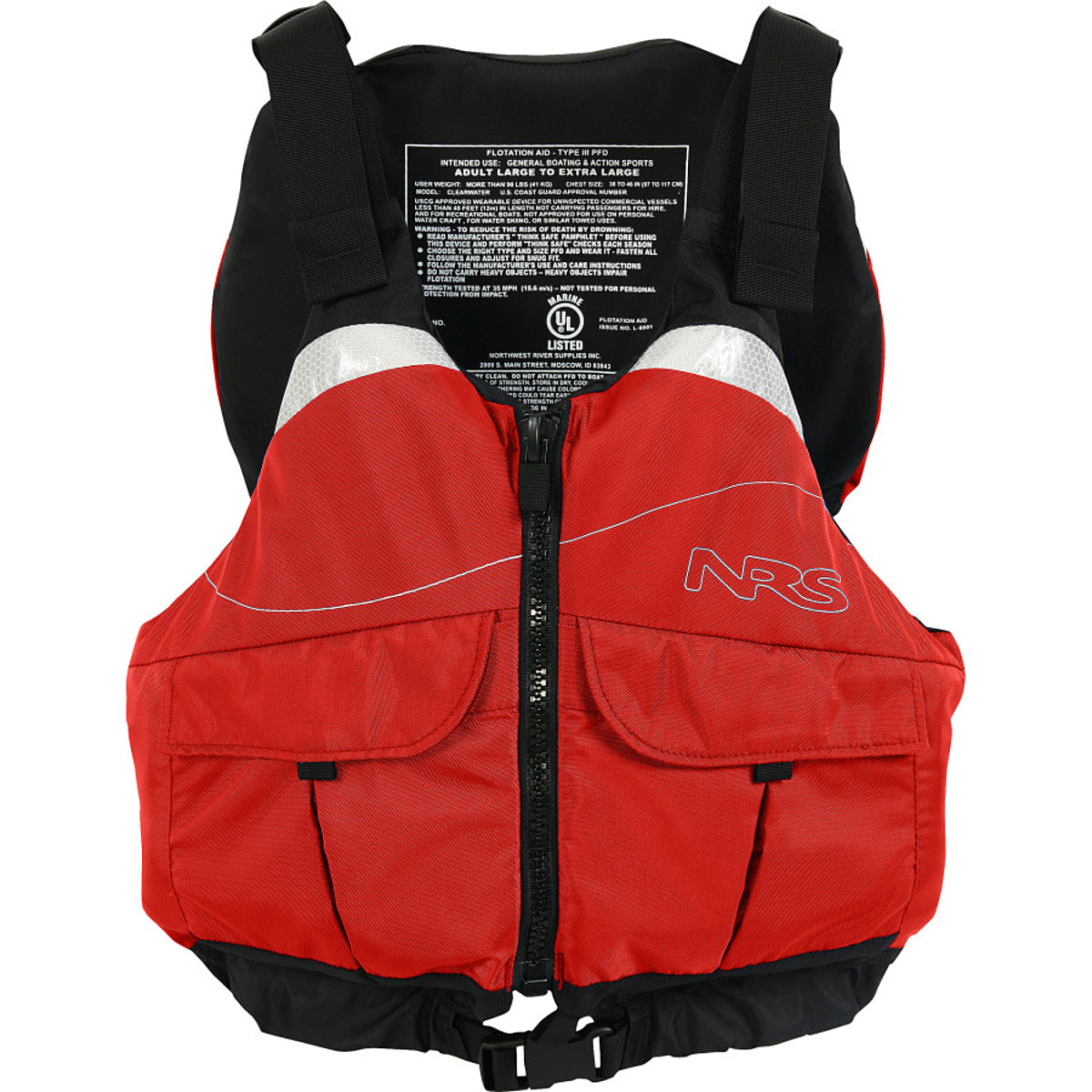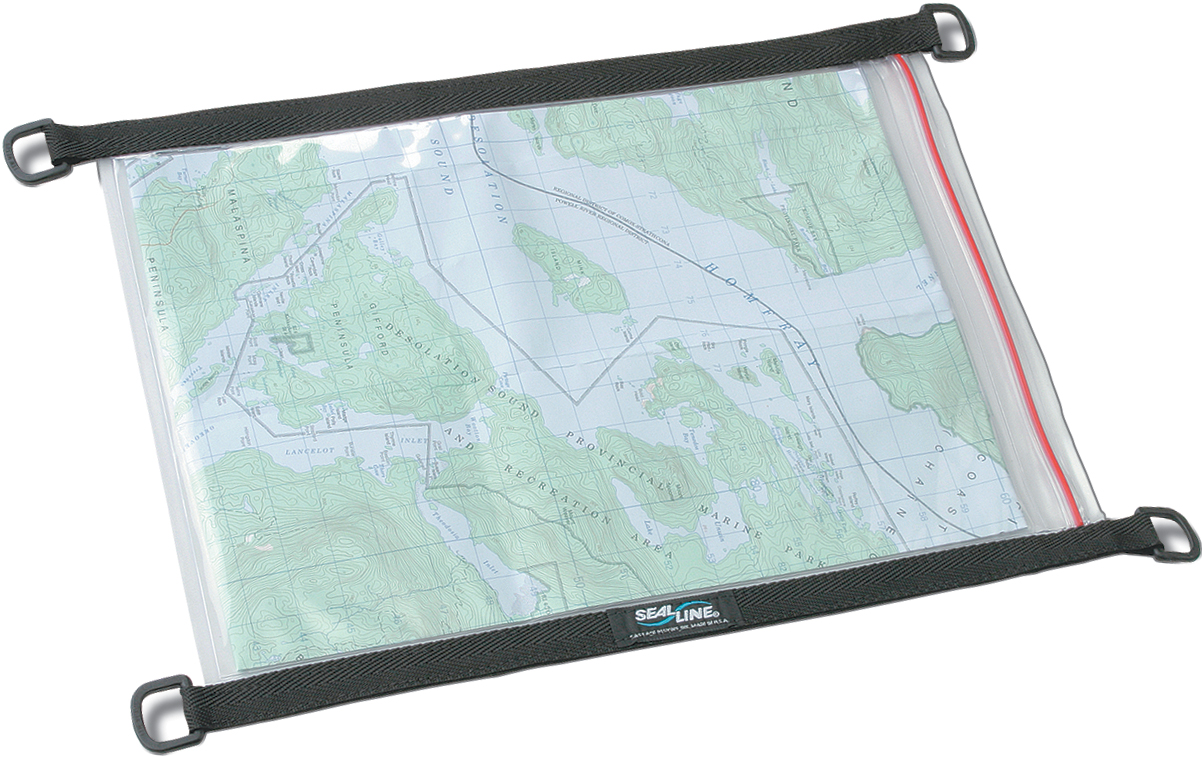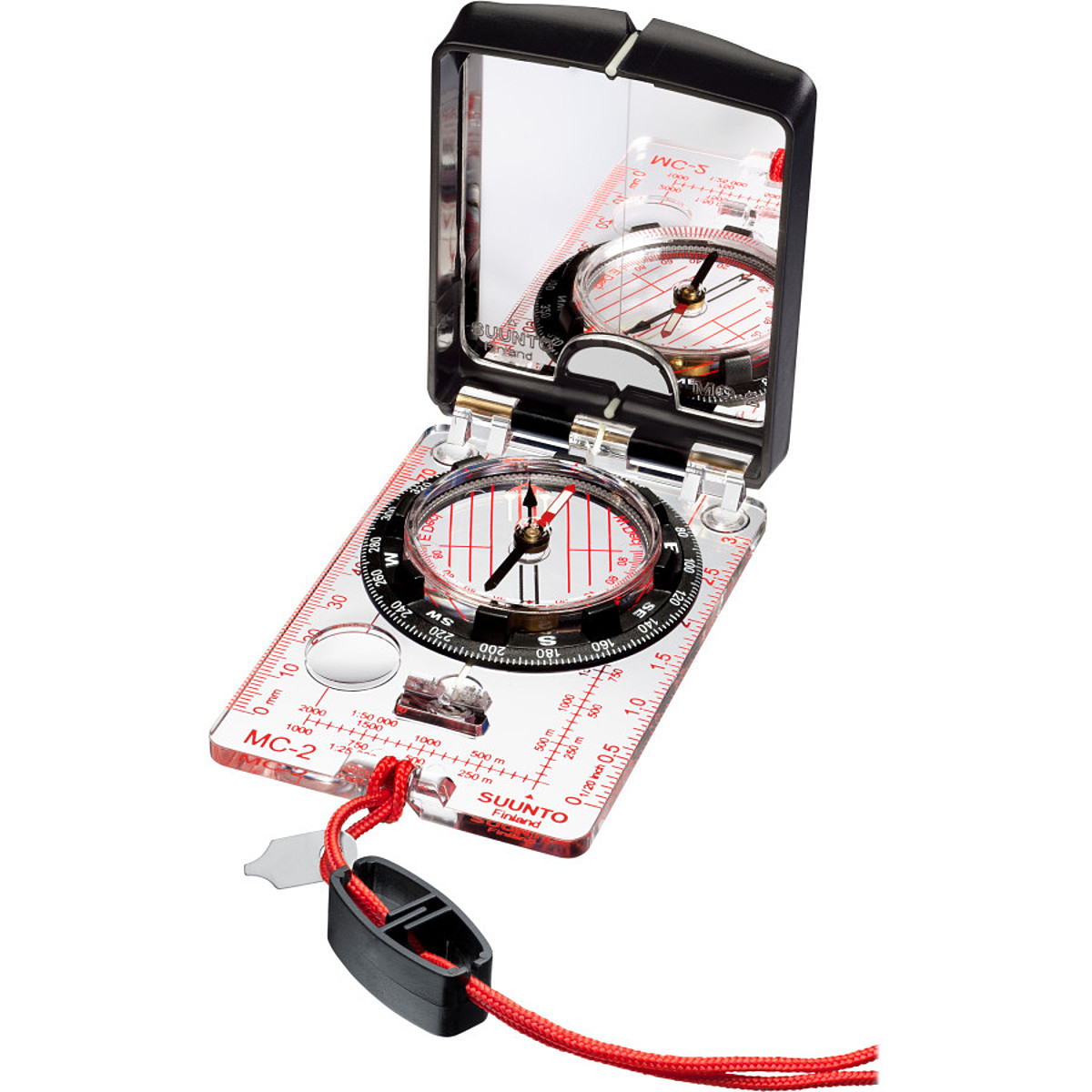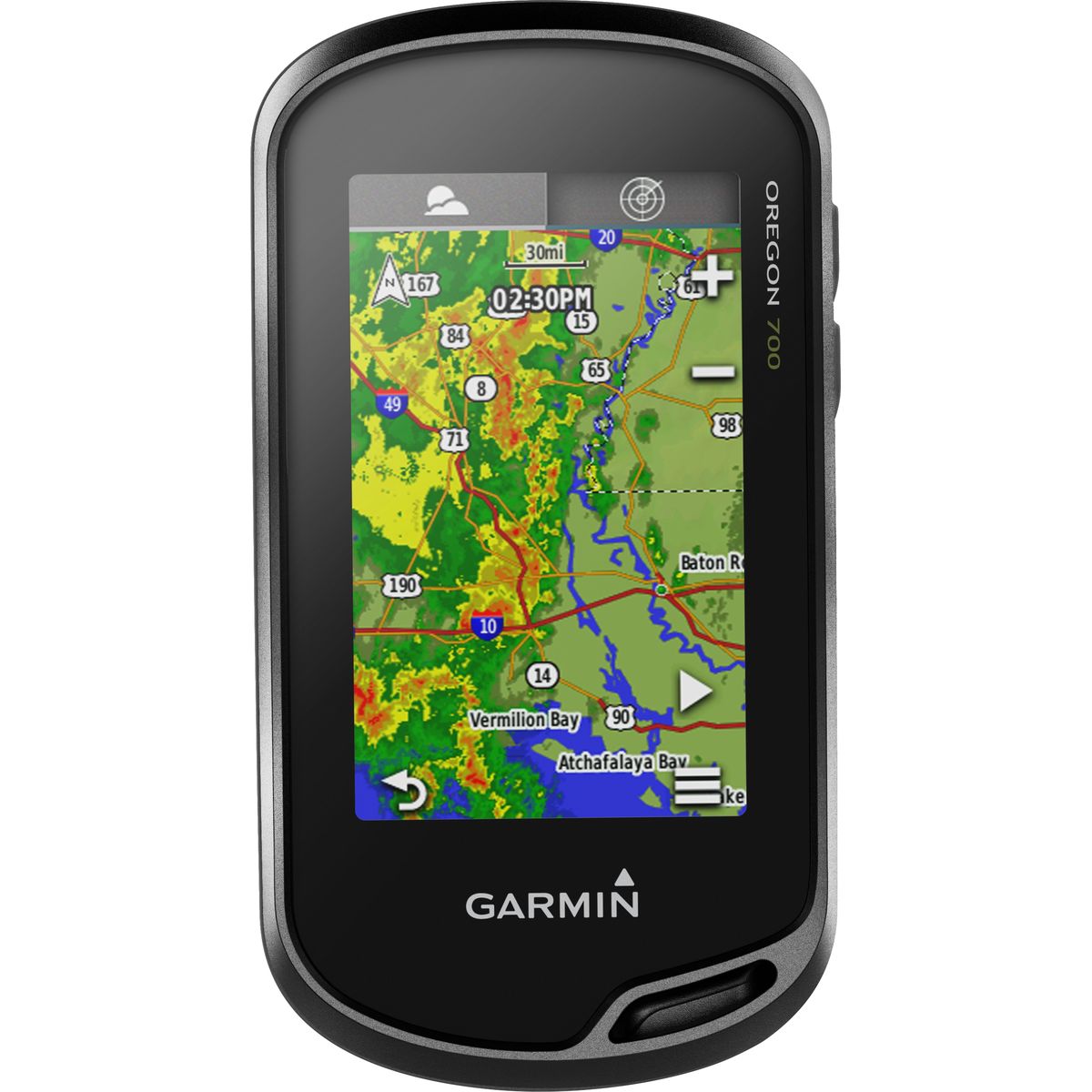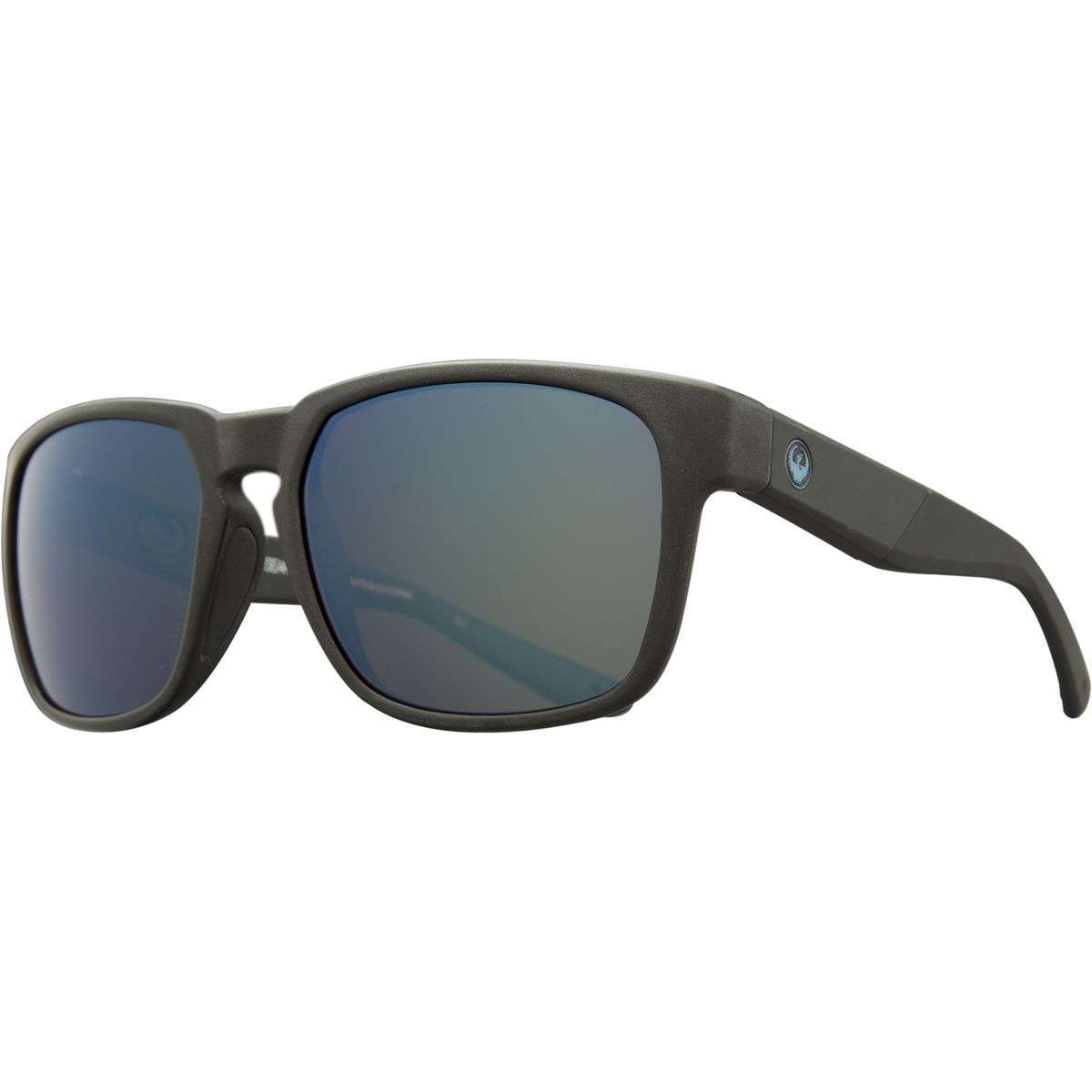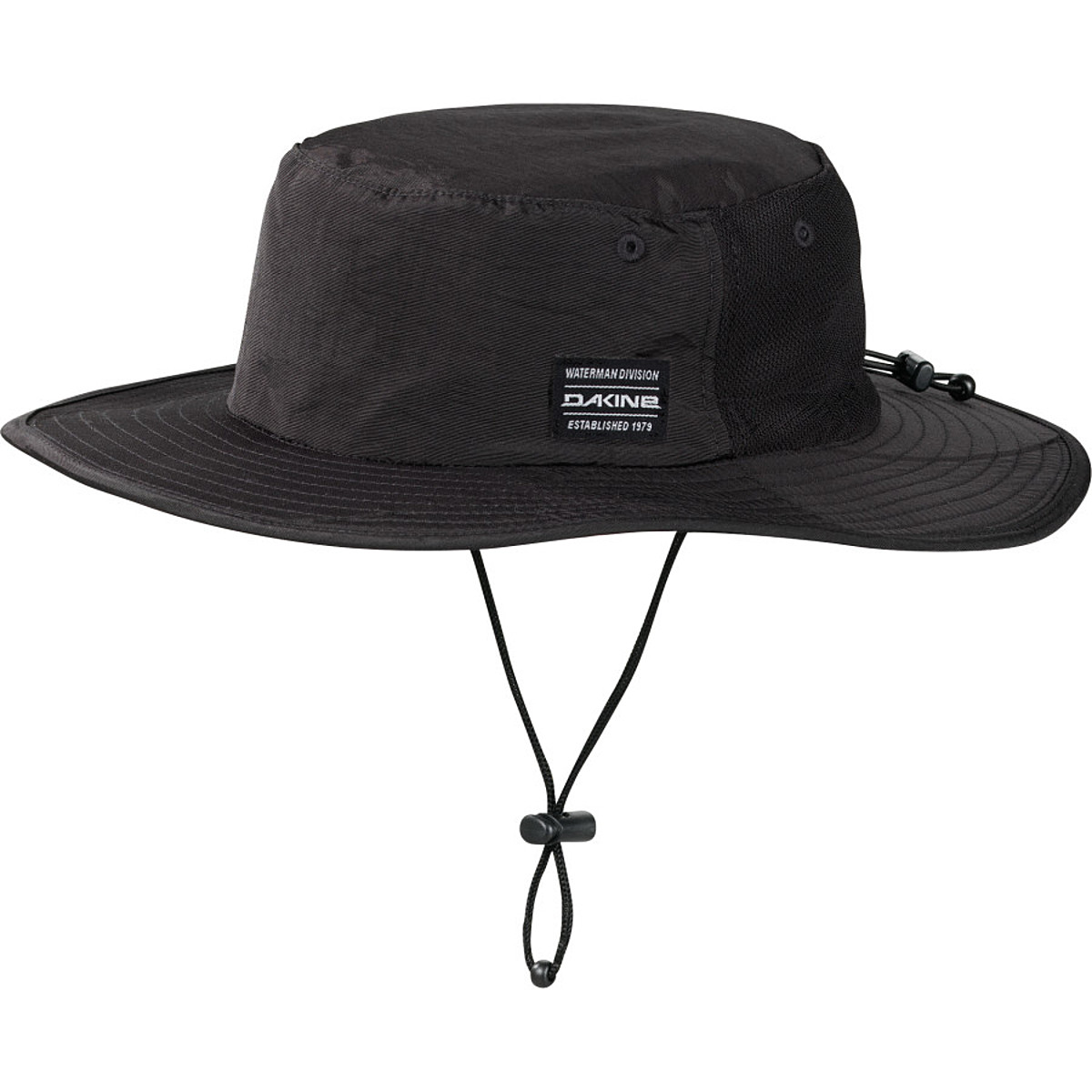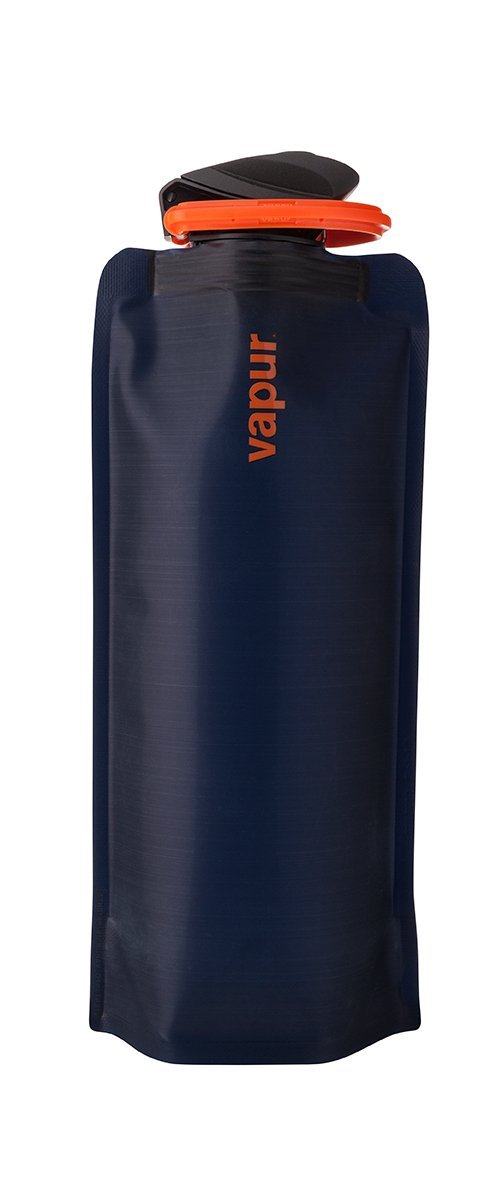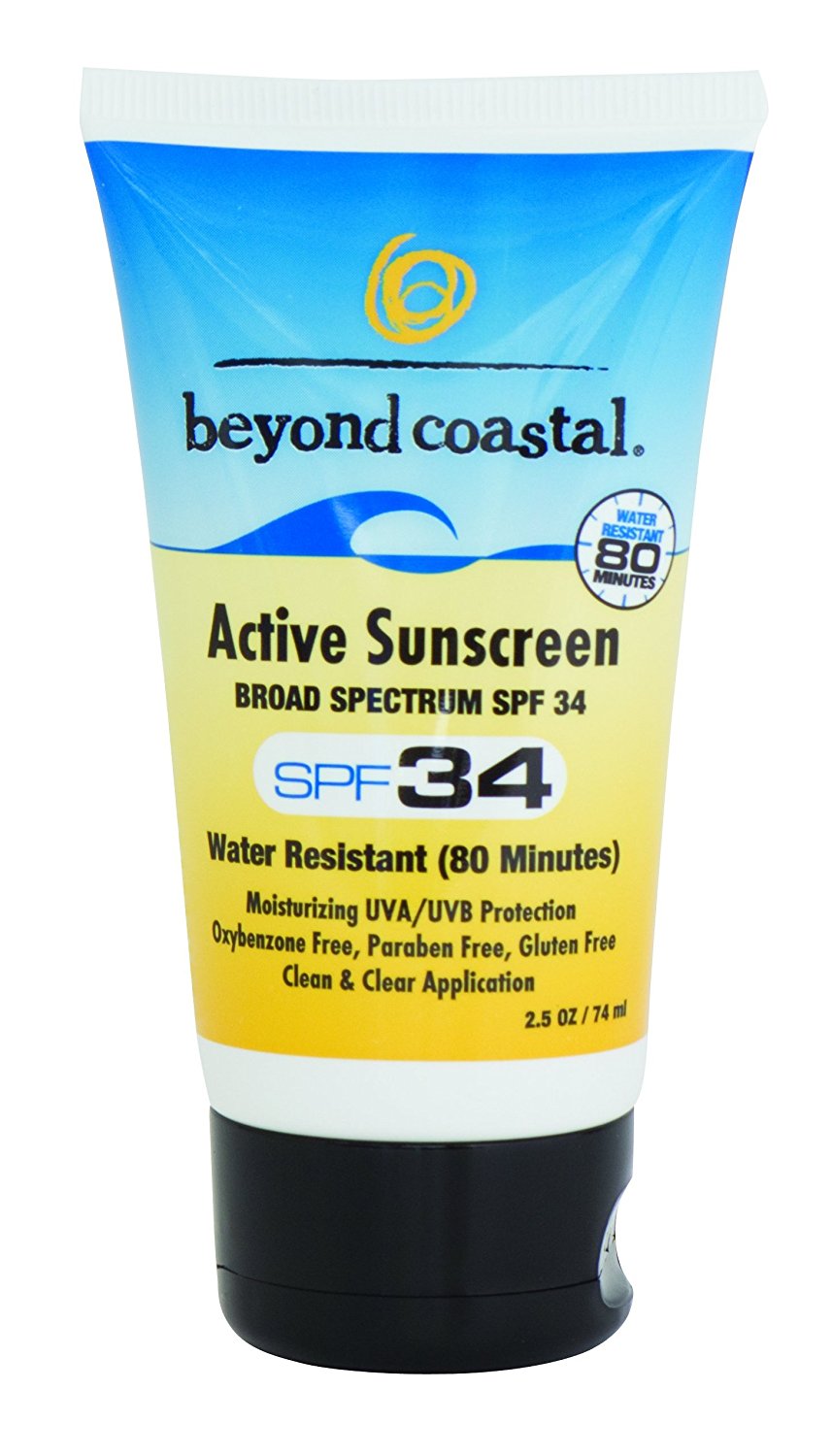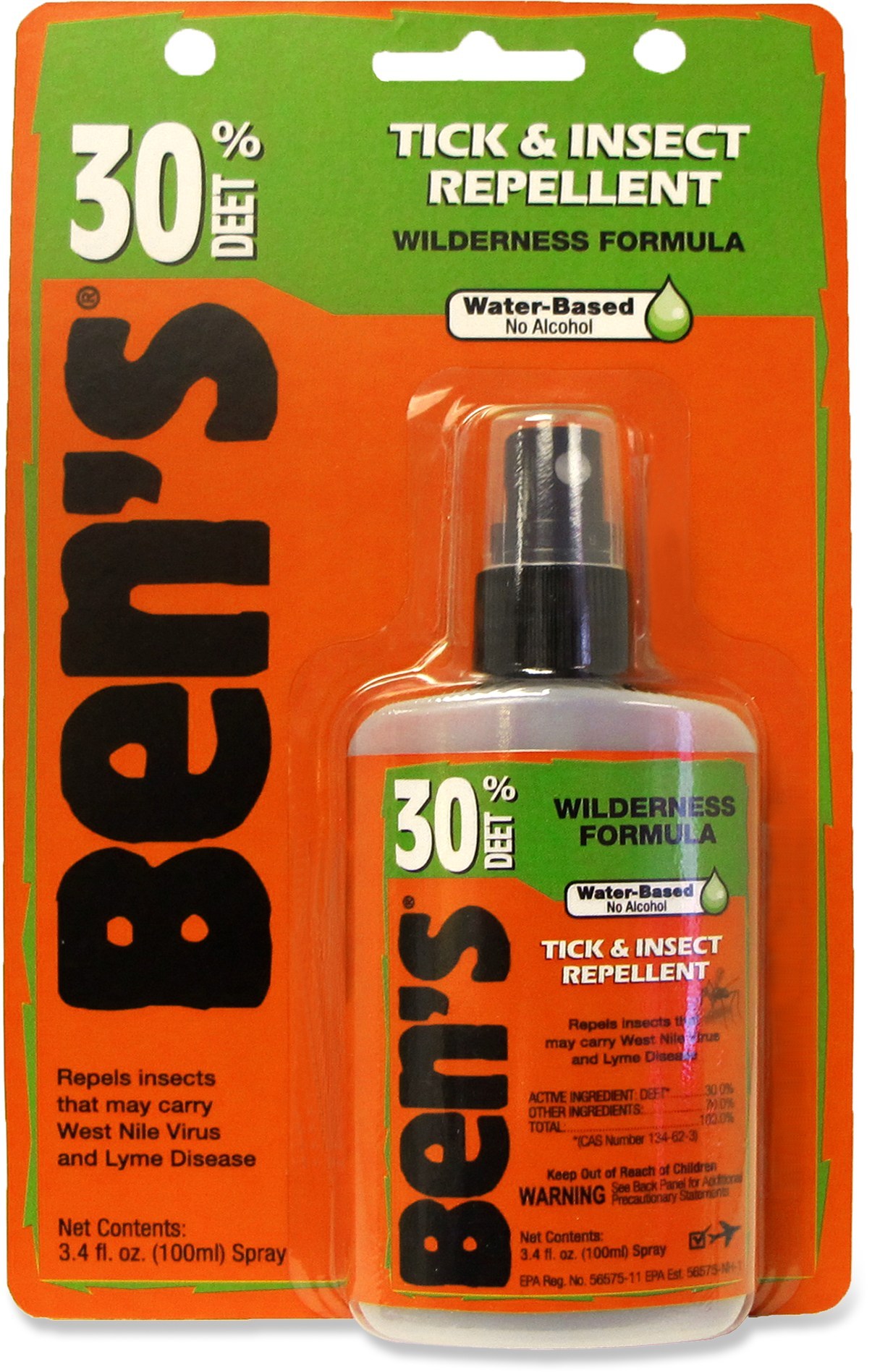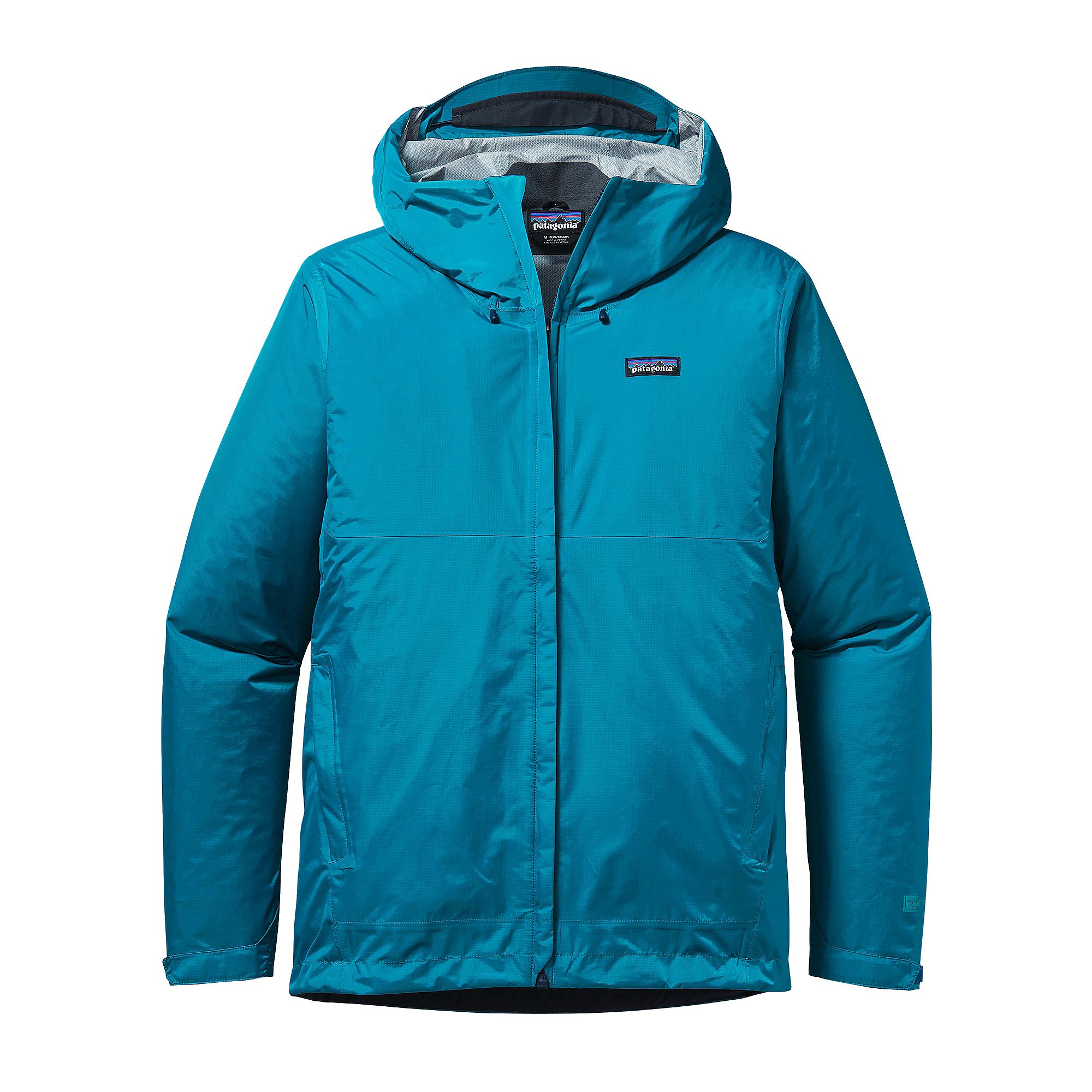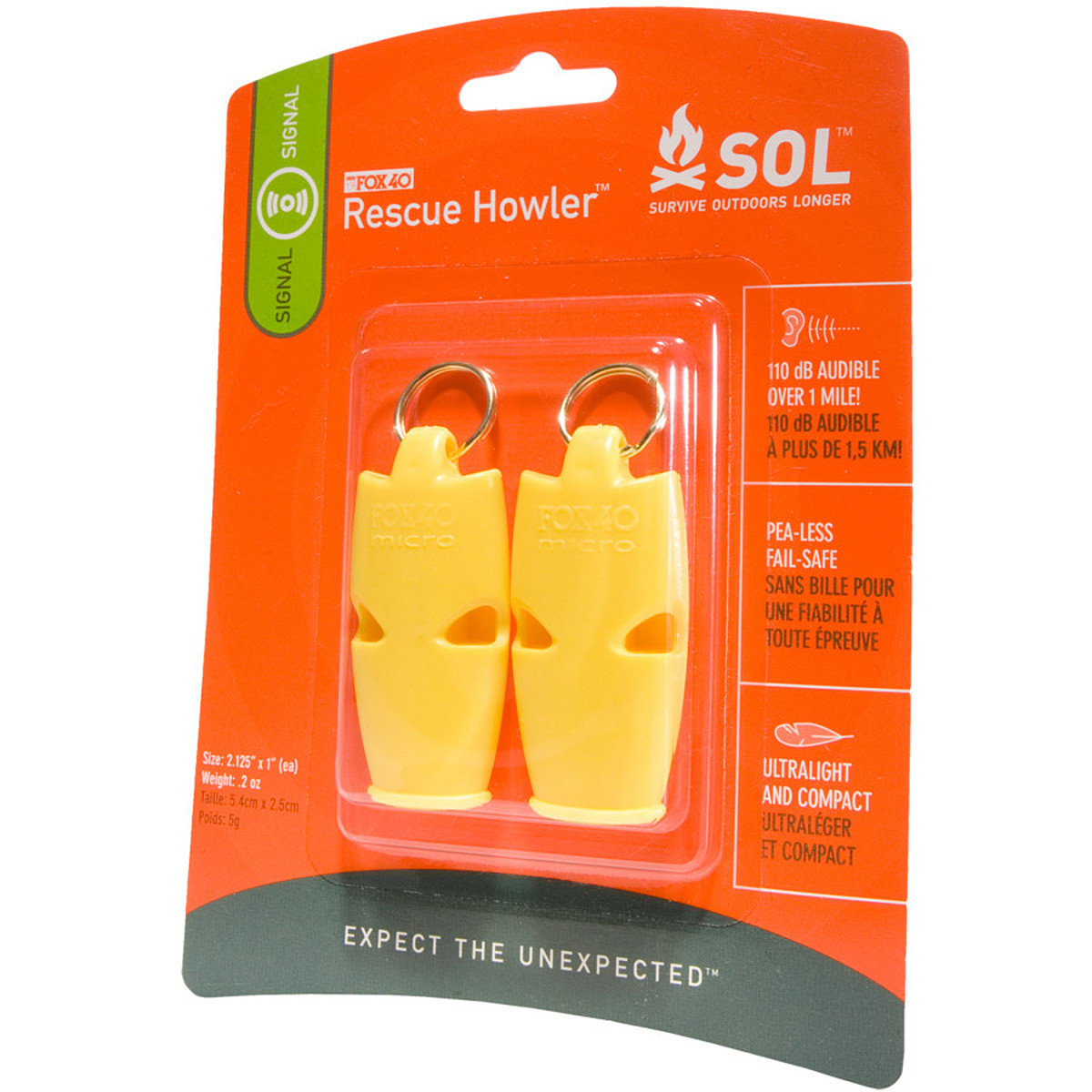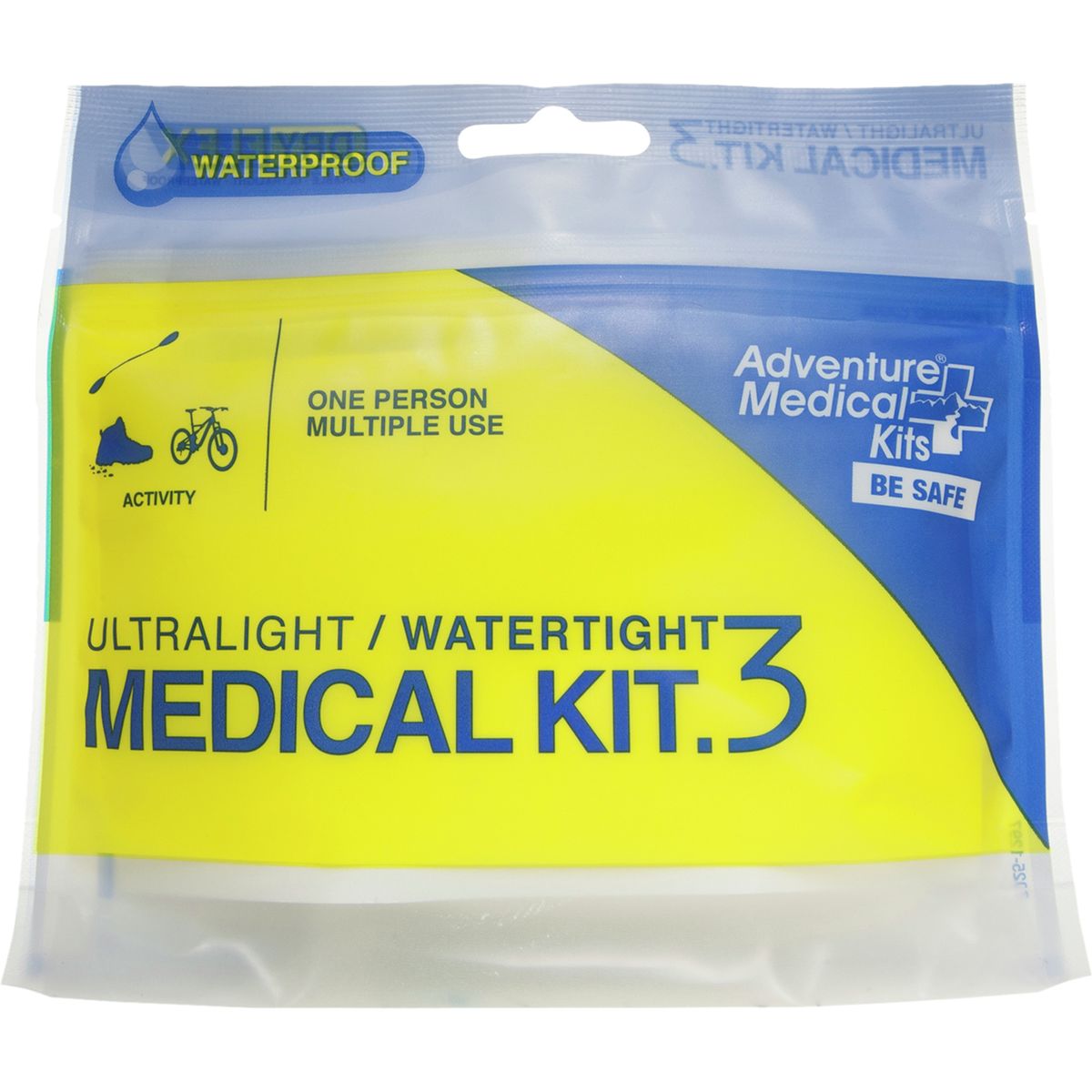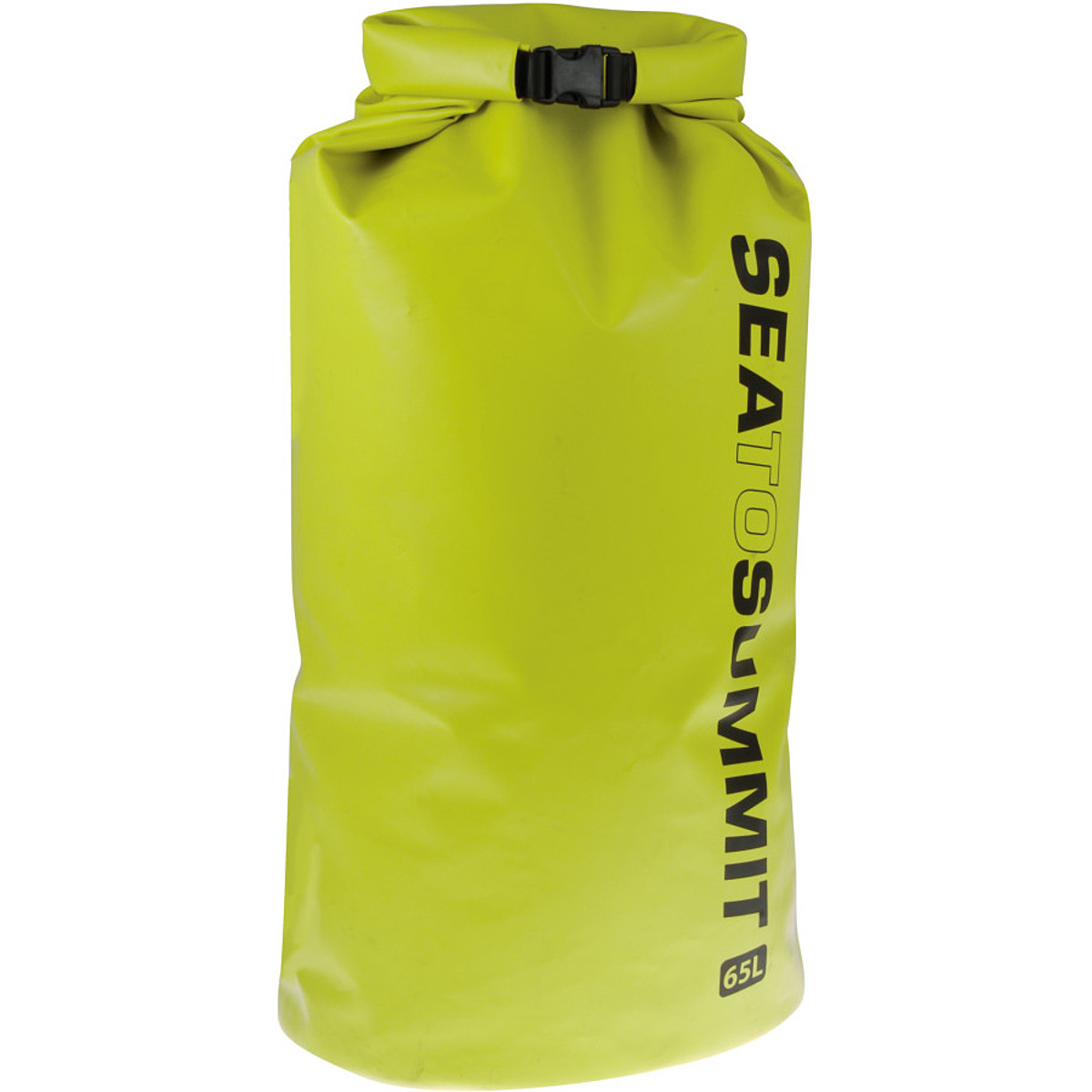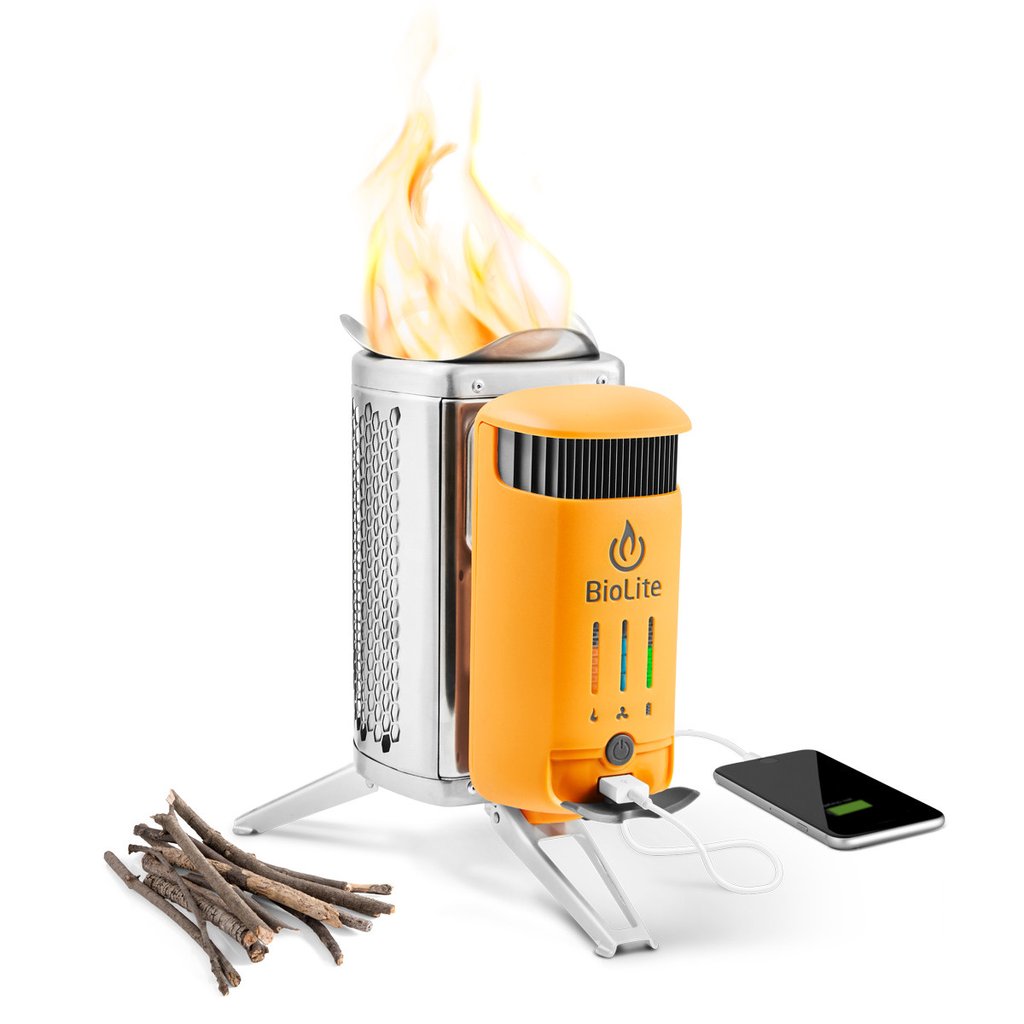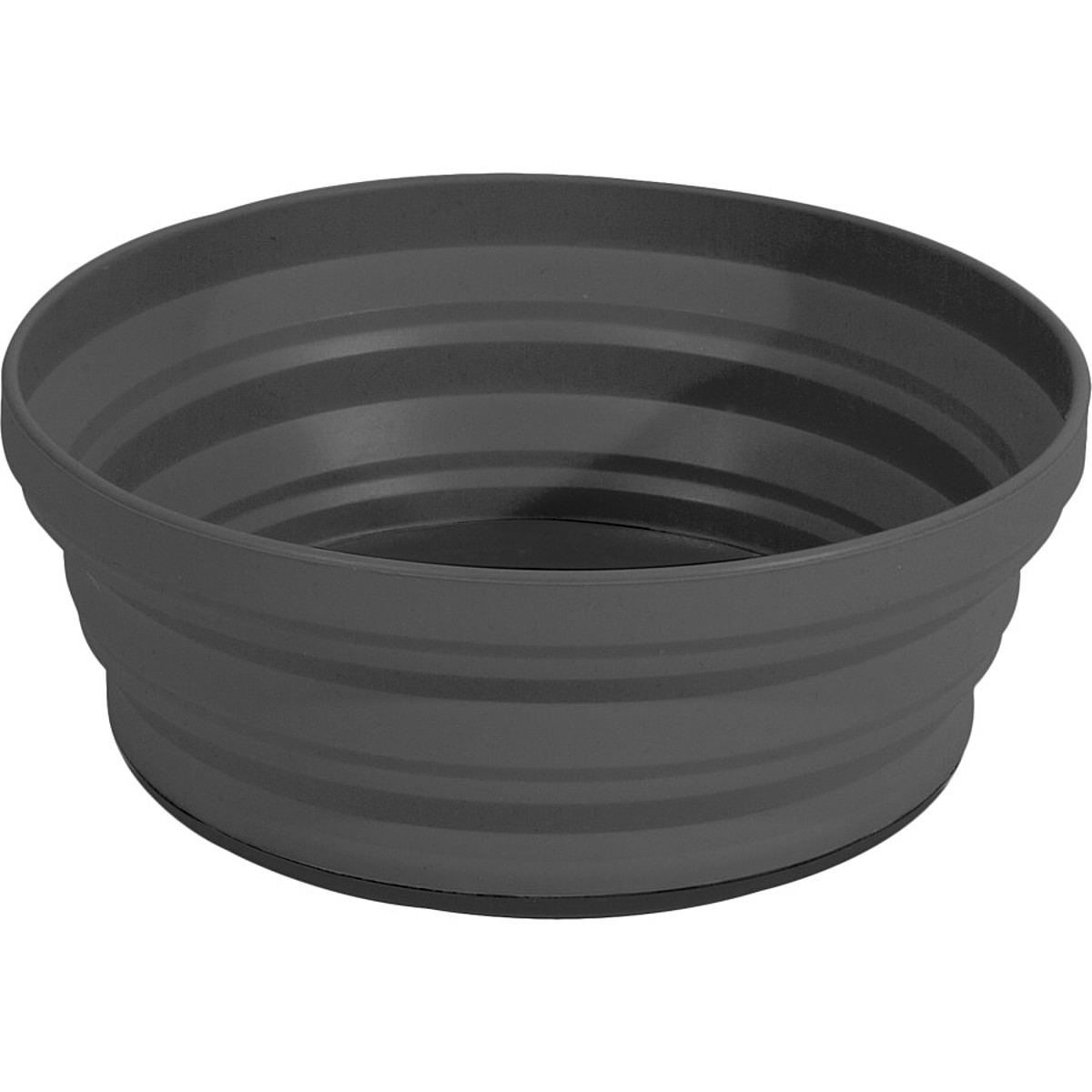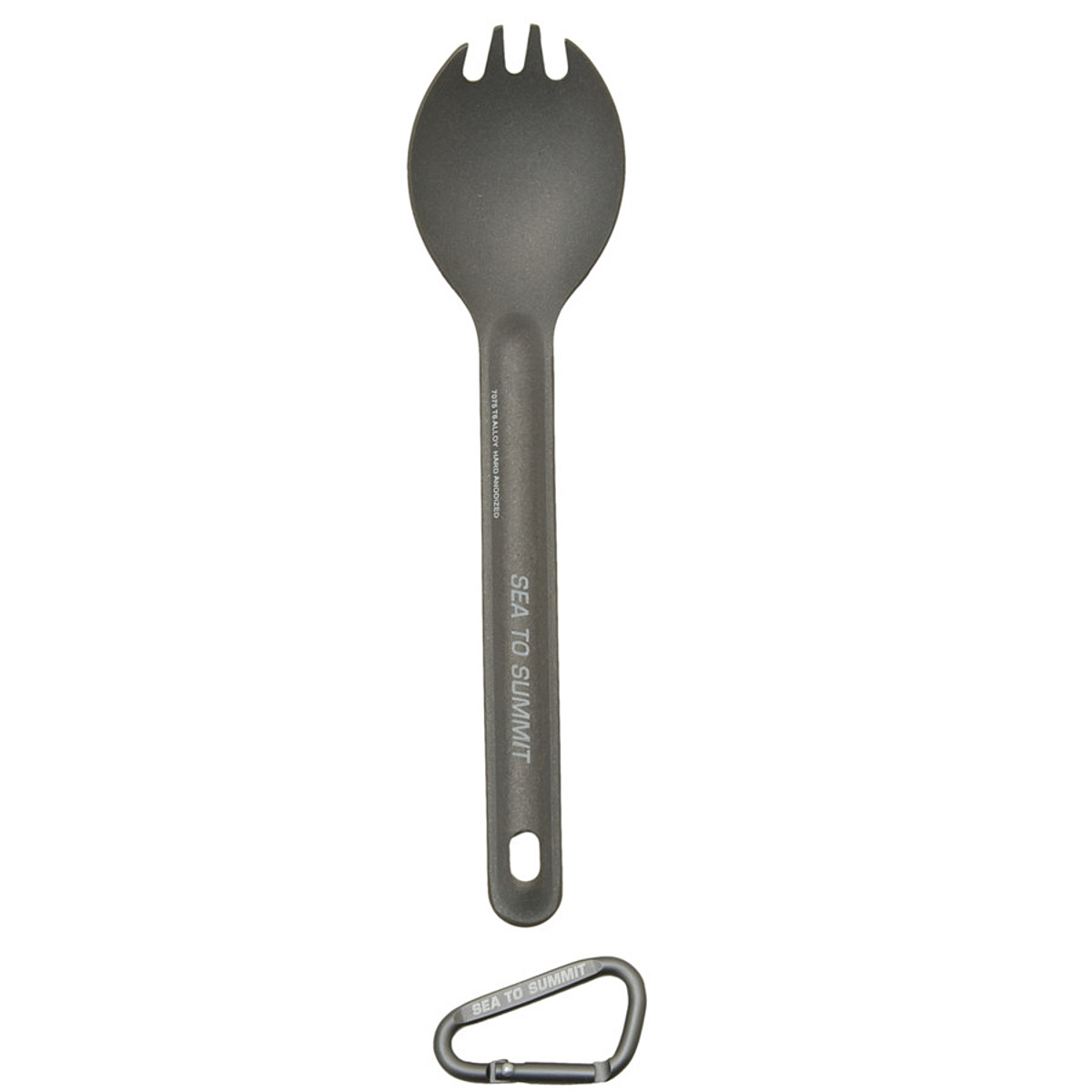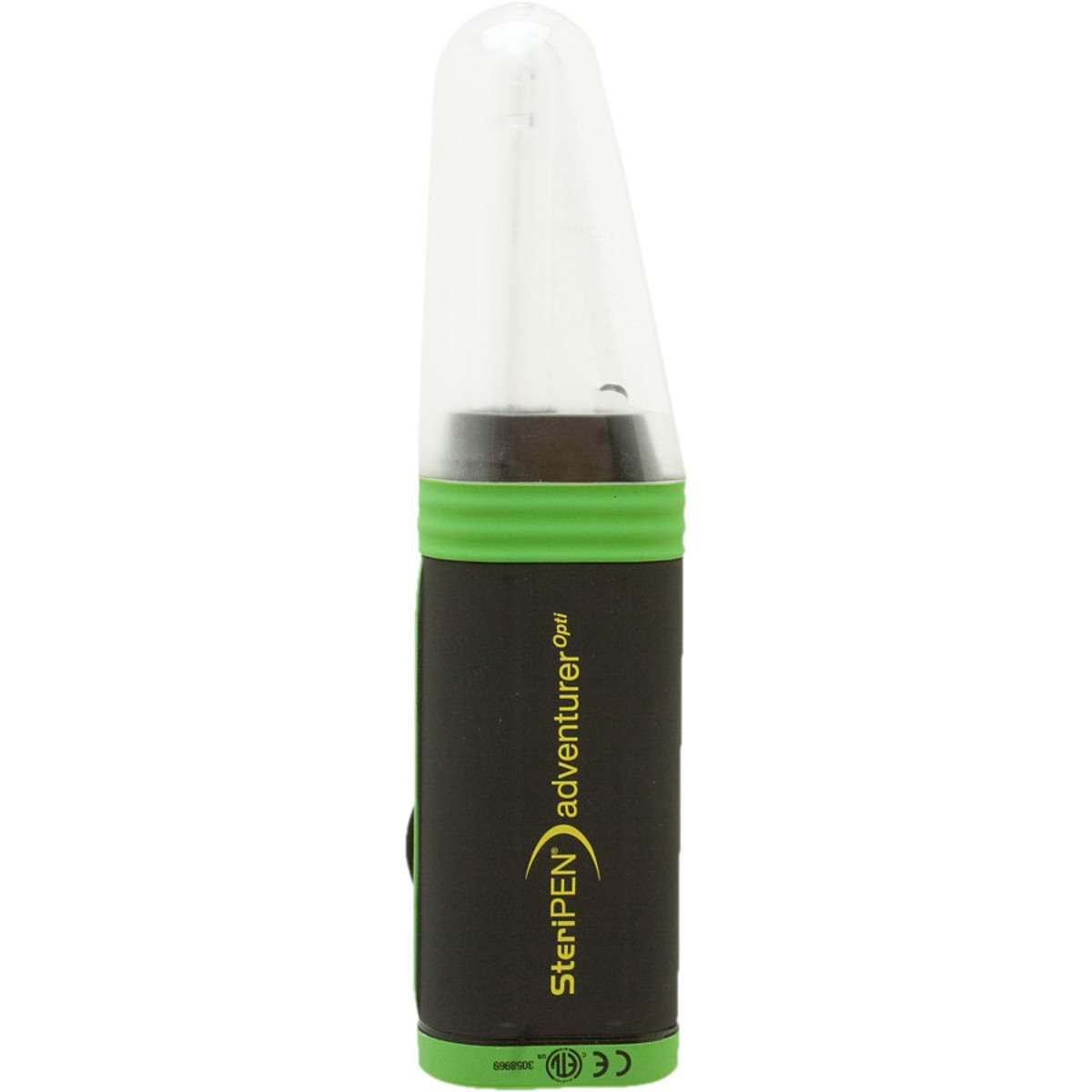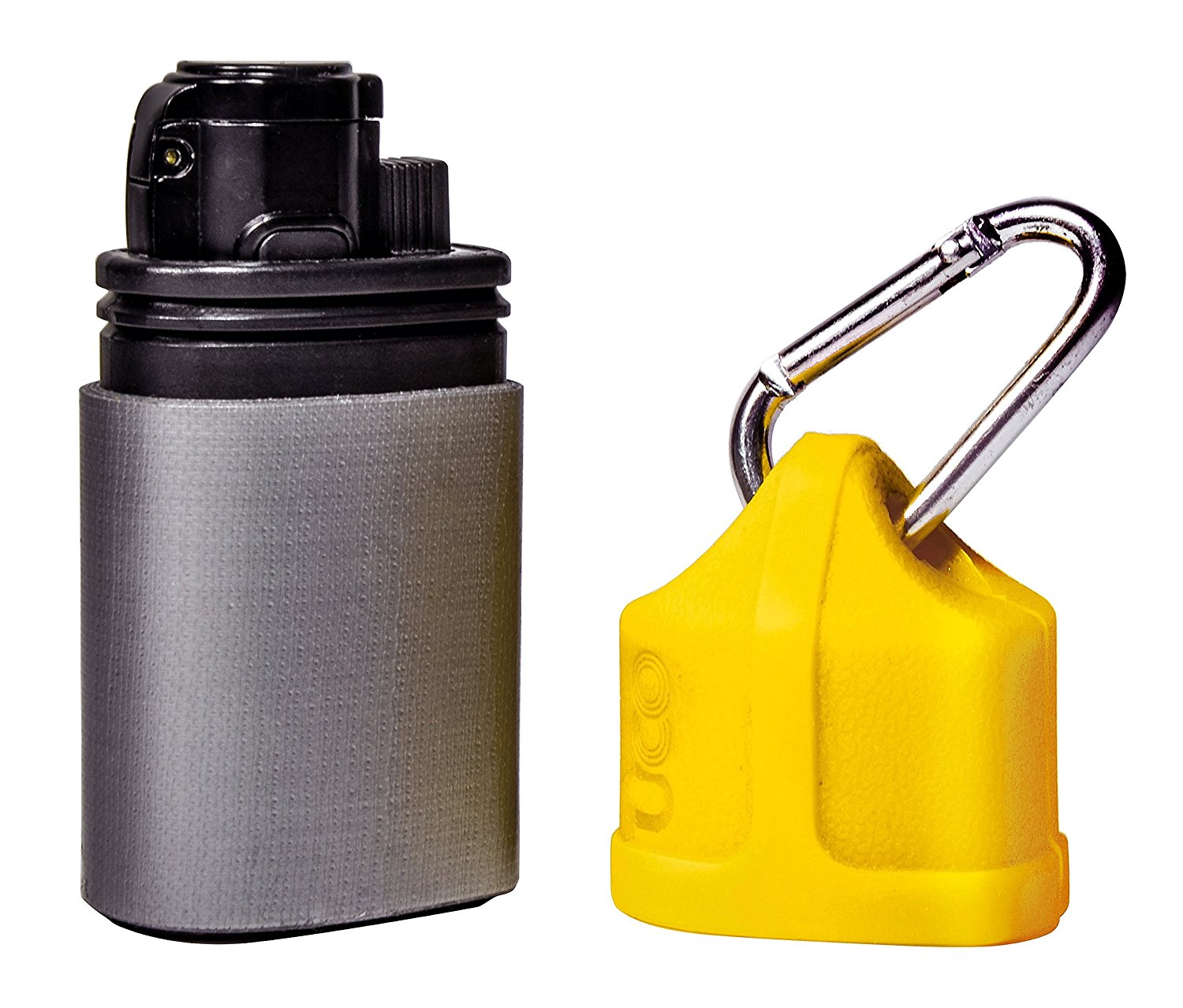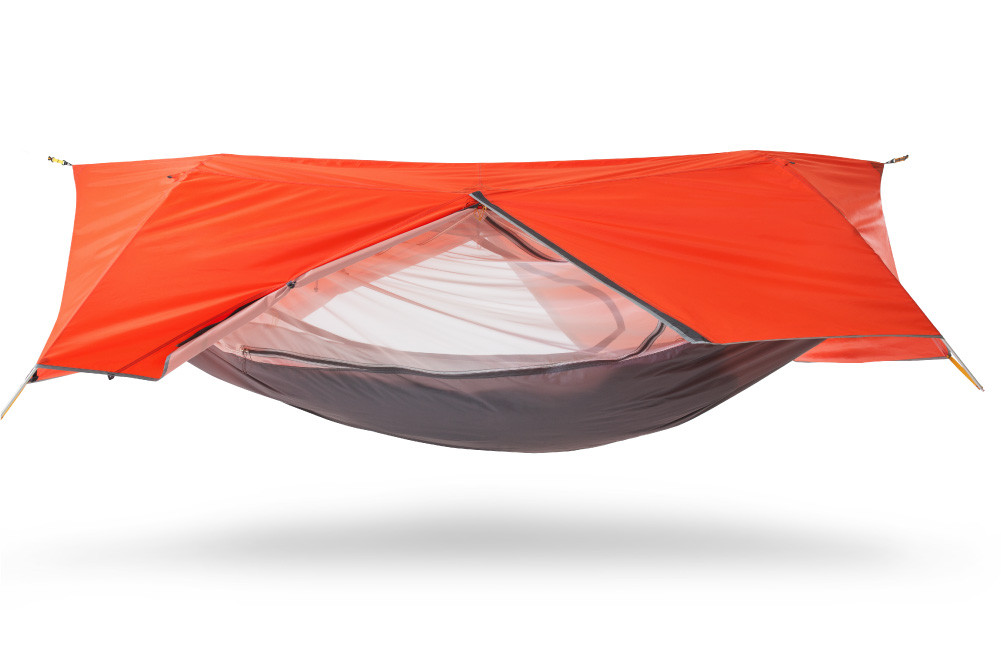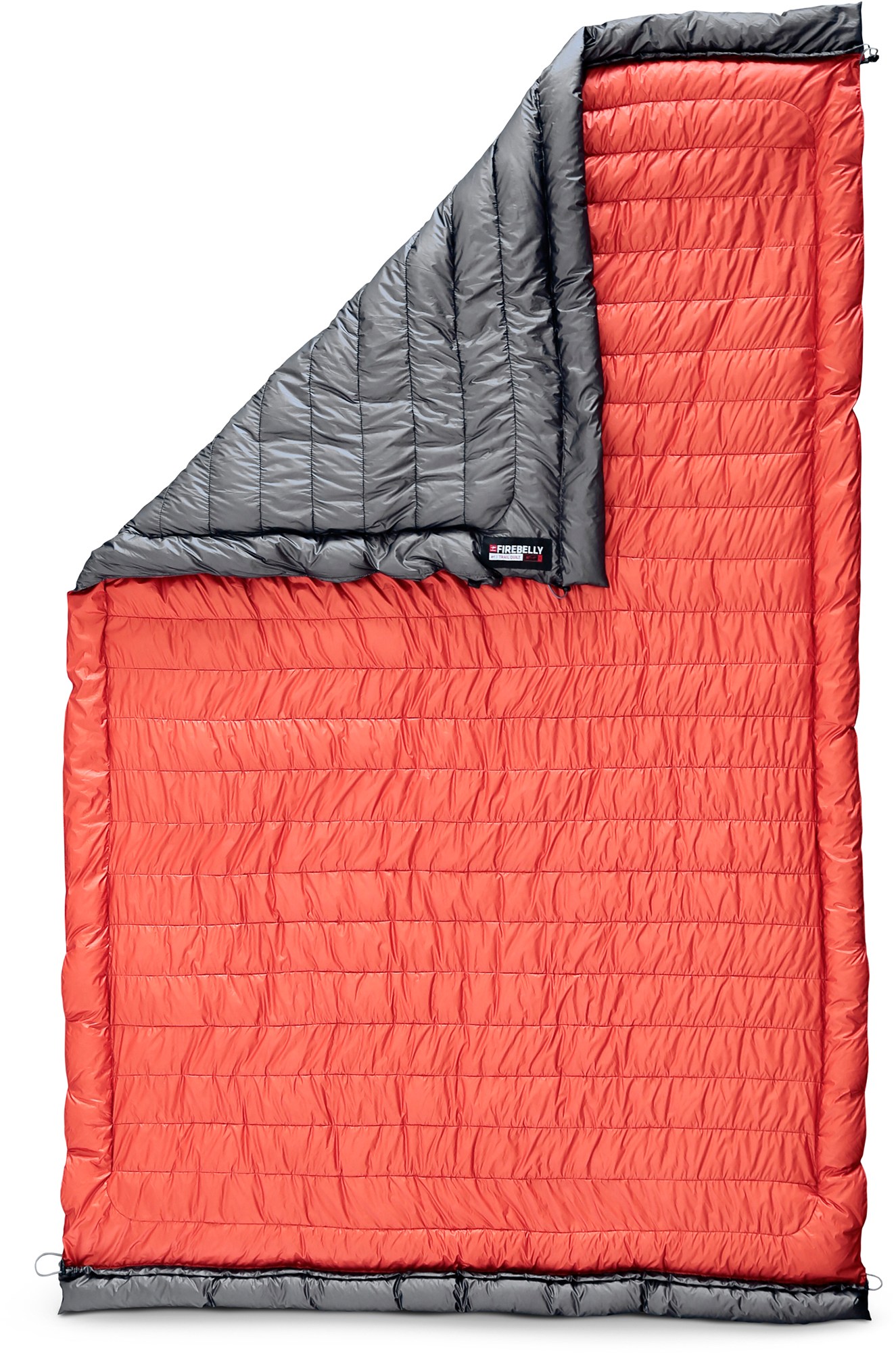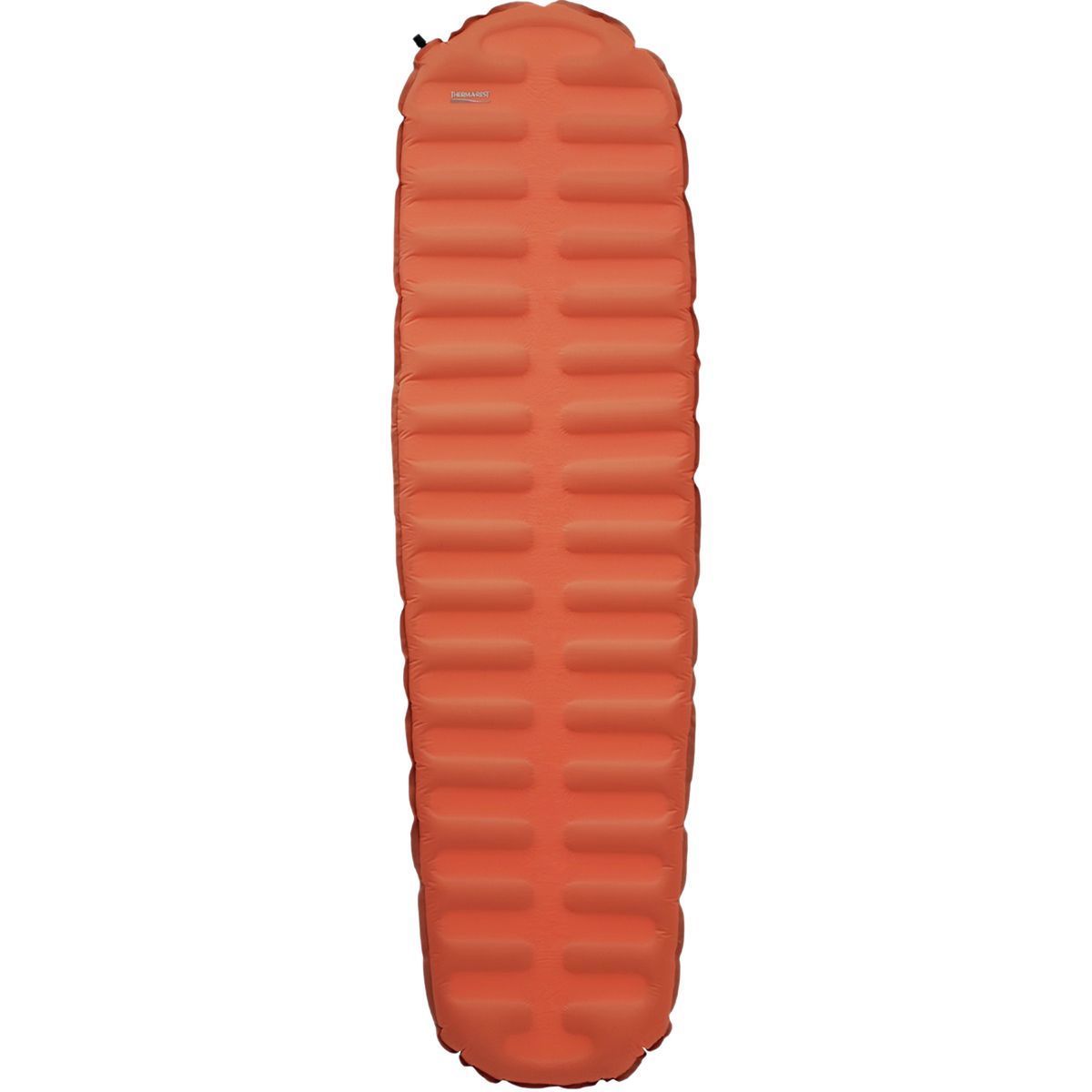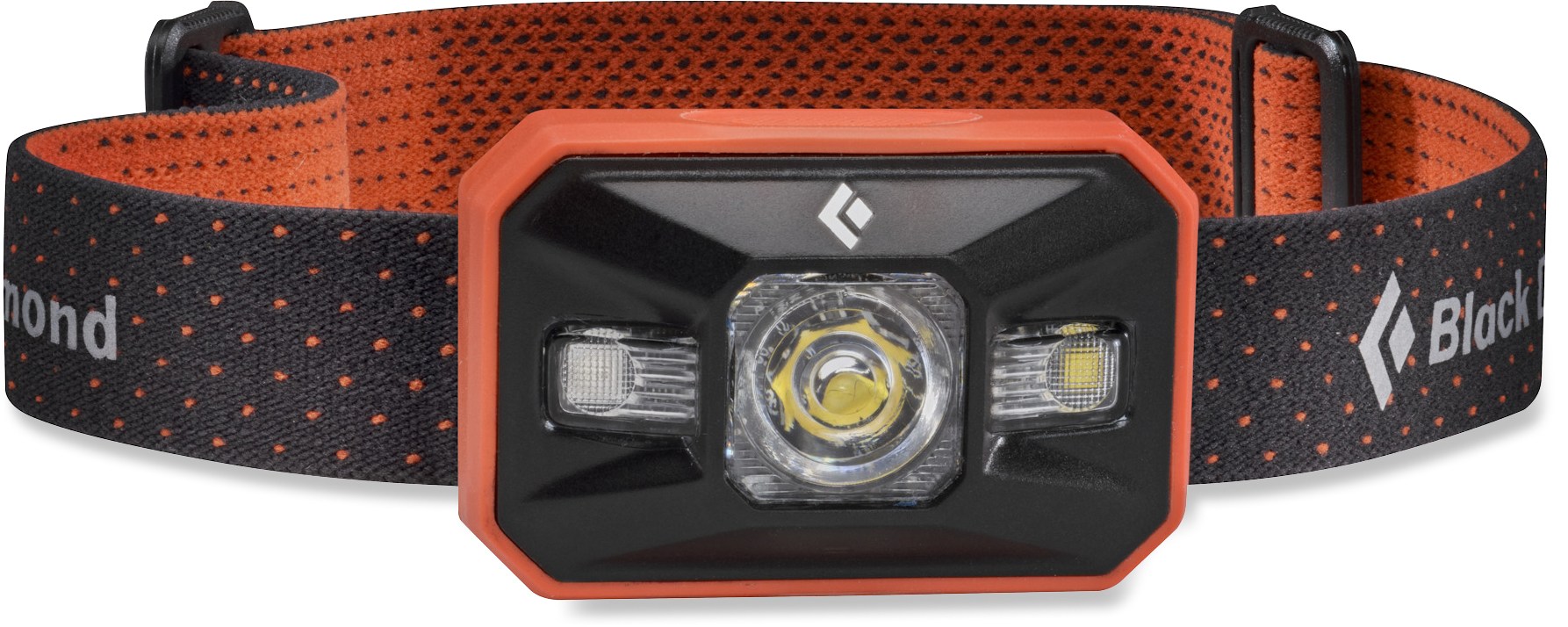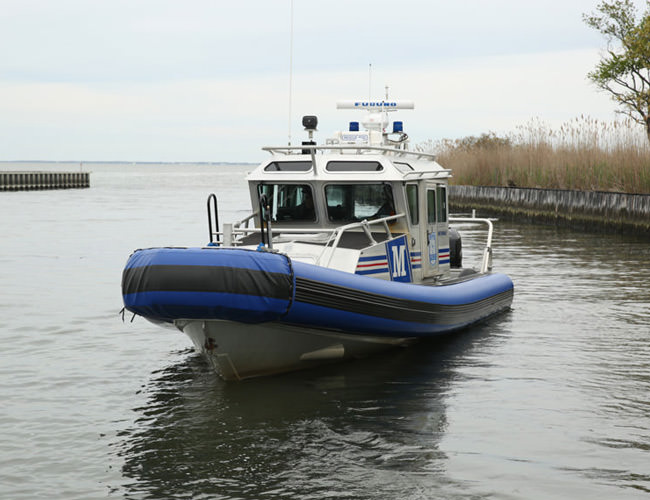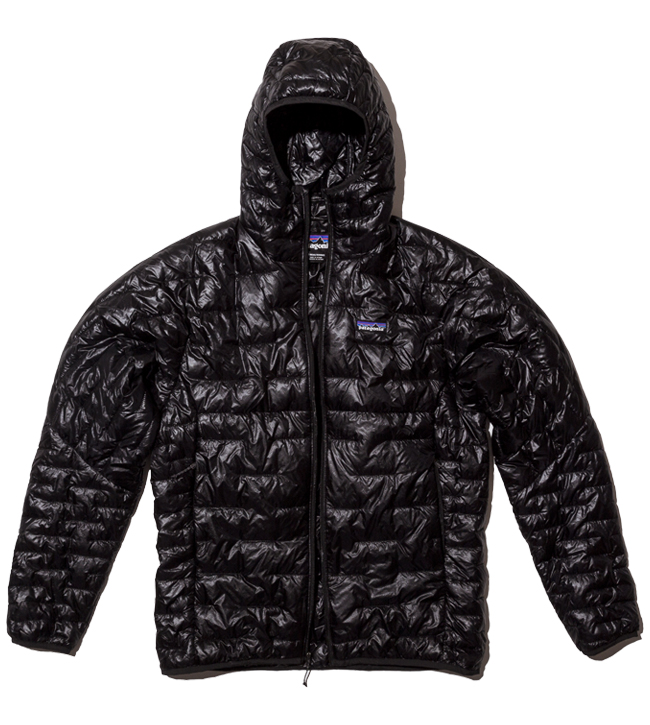Spanning over 1.5 million acres, the Everglades is the tenth biggest national park in the United States. But of that top ten list — seven spots on which are large swaths of Alaskan wilderness — it also is quite possibly the most accessible. Visitors can be inside the park boundary within a few hours of landing in the Sunshine State; from Miami International Airport, Route 41 makes a westward beeline across the peninsula, and strip malls and suburbs quickly fade to cypress and grassland.
It’s not long before billboards and homemade signs for airboat rides and gator wrestling begin to pop up. These are the more obvious activities newcomers will stumble upon, but they should be regarded as cheap tourist fodder along the lines of viewing caged grizzlies in Yellowstone. The best way to see the Everglades is by boat, and if you don’t want to spook the wildlife you’ll have to ditch the motor in favor of a paddle. You’re also going to need at least a few days, and a lot of gear.
I recently had the chance to make this journey with a crew lead by Andy Cochrane. Before becoming the director of marketing at Oru Kayak, the San Francisco-based makers of foldable polypropylene kayaks, Cochrane guided kayak and canoe trips; he’s amassed nearly two years’ worth of cumulative time on the water, from California to the Arctic Circle. Some of those trips were as long as 45 days. We only spent three days among the mangroves in Florida, but that was enough time to get lost in the maze and baked by the sun. We also spooked alligators, paddled with dolphins and pitched our tents on an empty key. Needless to say, a lot of lessons were learned.
Below, you’ll find our gear recommendations for a weekend of paddling and camping. Even if you aren’t dodging gators in Florida, this list can serve as a general guide for any trip, but you’ll want to plan accordingly depending on the waters you plan to explore. The route, your group and the weather will all come into play when you plan and pack. And as with any adventure, the unpredictable is what fuels memories, but we’ve gathered some of Andy’s basic survival tips, just in case.
The Boat
Yeah, you’re going to need one of these. The boat is your means of travel, your entry into the streams, lakes and bays you wish to explore. But a boat is nothing if it’s not outfitted properly; you’ll need a PFD and spray skirt for safety and a paddle for, you know, paddling.
Survival Tip: Navigation: “Triangulation can be difficult on the water; your perspective is much lower, and often the shoreline has limited topography to use as reference points. My trick is to leave the maps and compass in front of my seat and check them more frequently than when in the mountains. Use small landmarks like shoals, bays, islands and steep cliffs, when they’re around. For experts in navigation, a good nautical chart is a game-changer. Using bathymetry (topography for the seabed), you can quickly locate yourself, just by the shape, size and direction of waves and current around you.” — Andy Cochrane
Kayak: Coast XT by Oru Kayak $2,499
Spray Skirt: Oru Spray Skirt by Oru Kayak $149
Paddle: Skagit FG by Werner $165
PFD: Clearwater by NSR $100
On Deck
Conditions on the water can change in a matter of minutes, and you’ll want to have a few key things handy — a raincoat, sunscreen and water, to name just a few — to safeguard yourself against the elements. You’ll also want to keep your navigational tools close so you can get to where you’re going.
Survival Tip: Exposure: “Paddling trips involve a lot of sun — from above and through the reflection off the water. A wide-brim hat, sunglasses and sunscreen become critical pretty quickly. When the weather turns, a raincoat stashed nearby will keep you warm while paddling. The biggest factor in any paddling trip is wind. Almost all paddlers fall in love with early mornings, as that’s when the wind is typically the calmest. If you do find yourself battling a cross or headwind, you may want to re-route a bit, paddling in more protected areas like small channels, or on the lee side of islands during big crossings.” — Andy Cochrane
Maps: Waterproof Map Case by SealLine $15+
Compass: MC-2 Pro by Suunto $60
GPS: Oregon 700 by Garmin $400
Sunglasses: SeafarerX Polarized by Dragon $220
Hat: No Zone Sun Hat by Dakine $30
Water Bottle: Eclipse by Vapur $14
Sun Protection: Active Sunscreen by Beyond Coastal $6+
Insect Repellent: 30% DEET by Ben’s $6
Rain Jacket: Torrentshell by Patagonia $129
Binoculars: B3 by Maven $525
Whistle: Rescue Howler by SOL $9
First Aid Kit: Watertight Medical Kit by Adventure Medical $8+
Stowed Away
The great thing about boat packing is you don’t have to carry anything on your back. That means you’re free to bring all the camping comforts that’ll fit, like that extra swimsuit, or all the ingredients you need to cook a pizza. Just try not to forget the tent.
Survival Tip: Packing: “Keep your weight low and centered with the heaviest stuff towards the middle. Use dry bags to organize your gear, and keep your most important stuff in your best bags! It’s easier to pack with many small dry bags as opposed to a few large ones. Always assume the inside of the kayak will get wet, so bring spares of the essential gear. Keep the deck free of gear if possible and pack the kayak backwards (i.e. keep the stuff you use the most close to you in the cockpit).” — Andy Cochrane
Dry Bags: Stopper Dry Bags by Sea to Summit $25+
Stove: CampStove 2 by BioLite $130
Bowl: X-Bowl by Sea to Summit $16
Cutlery: Alpha Light Utensils by Sea to Summit $7
Water Treatment: Adventurer Opti by SteriPEN $90
Waterproof Lighter: Stormproof Torch by UCO $16
Shelter: Sunda Tent Hammock by Kammok $399
Insulation: Firebelly Trail Quilt by Kammok $299
Sleeping Pad: EvoLite Plus Sleeping Pad by Therm-a-Rest $150+
Light Source: Storm Headlamp by Black Diamond $50
American-made SAFE boats are trusted by the US Coast Guard, Navy and Air Force (to name a few). Read the Story





